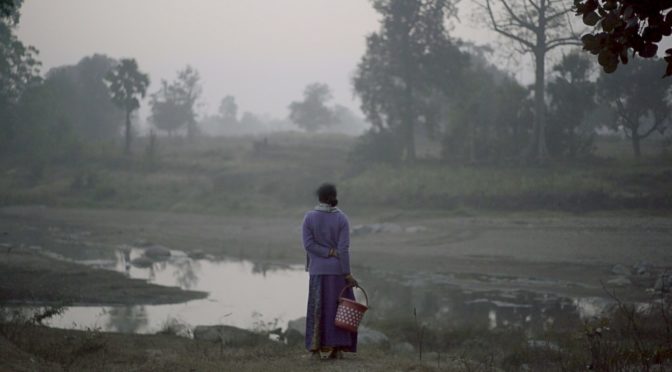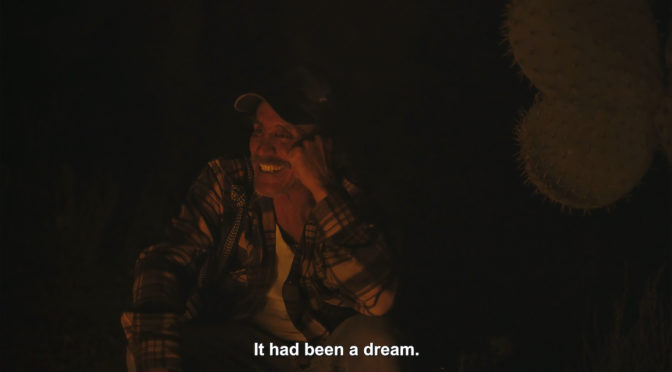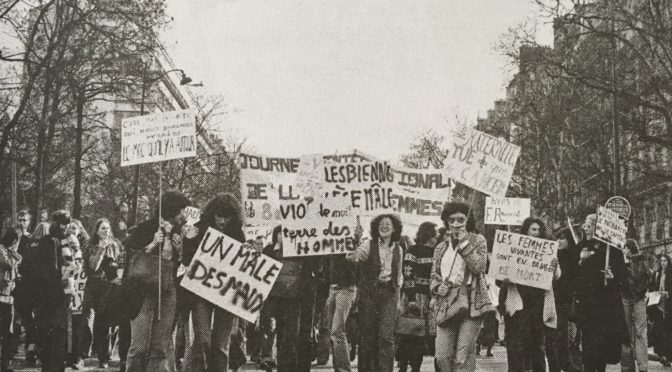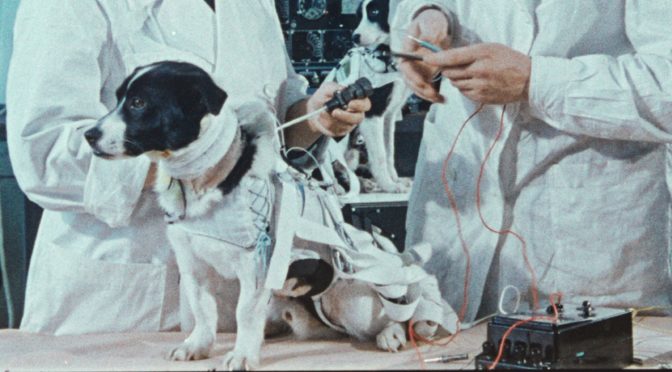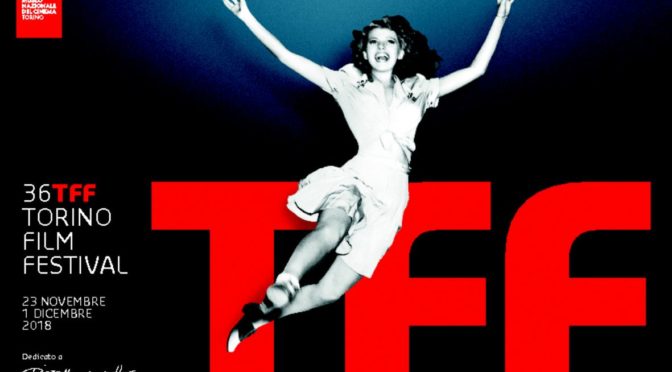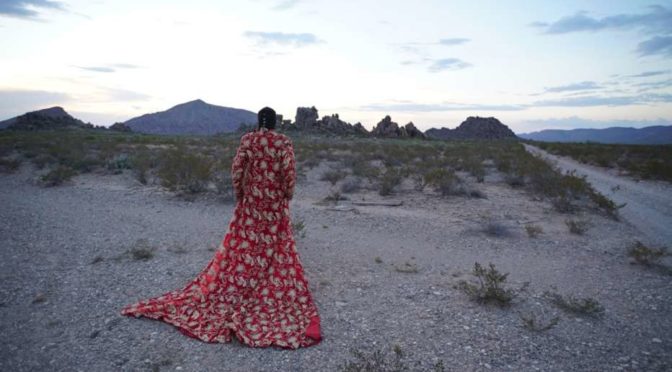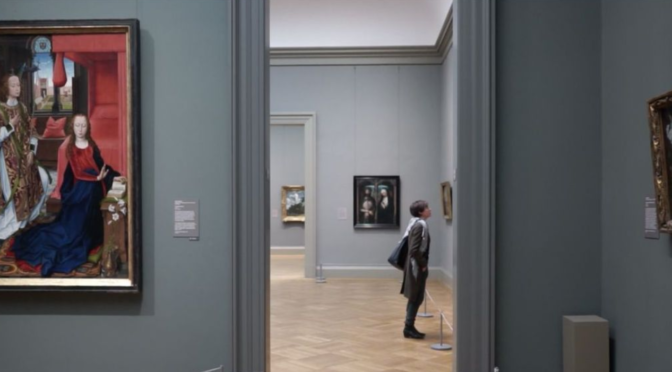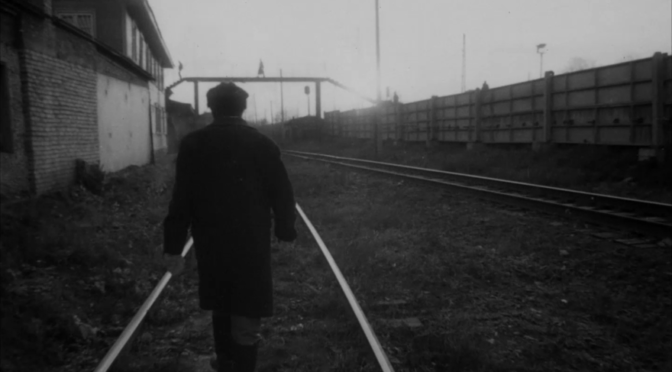Article by Roberto Guida
Translated by Paola Macchiarella
In the heart of the Appalachian Mountains, at an altitude of about three hundred meters, there is Talcum, a small, independent village. Brian Ritchie and his family have been living for decades here, where there used to be mines. They have seen the development of economic decline, environmental decay and social violence. Local people are called hillbillies, which means yokels, rednecks, a name that has become their identity. Among them, there’s Brian himself, who lives trapped between a mythical past and a future with no perspectives. He is one of the last witnesses of an endangered world, which serves as the inspiration for this poetry.
Continua la lettura di “THE LAST HILLBILLY” BY DIANE SARA BOUZGARROU AND THOMAS JENKOE

